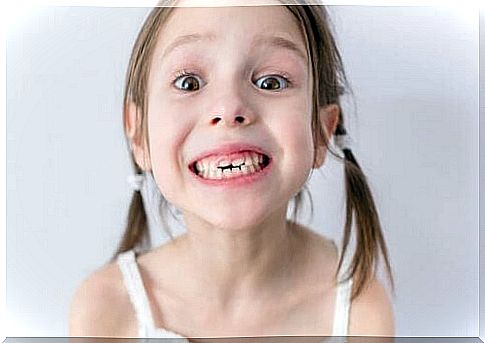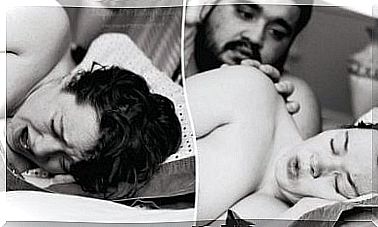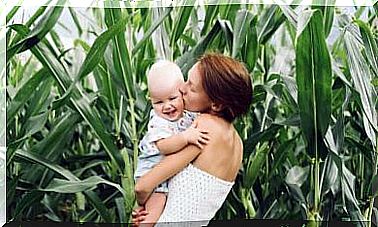Baby Teeth Falling Out

The decay of baby teeth in children is a process that usually starts when the little ones are between 5 and 6 years old. Of course, age can vary according to each child’s genetics.
It is important that parents are informed about this process and be aware of changes that require a visit to the dentist.
What You Should Know About Falling Baby Teeth
The teething process begins around 6 months of age. However, it is an estimated age, as each child is different. From that moment on until approximately 2 or 3 years of age, all the baby teeth are complete in the mouth of the little ones.
Thereafter and until the child is 5 or 6 years old, no visible changes in the mouth occur. However, internally there are several changes taking place. The gums are preparing to expel the baby teeth and replace them with permanent teeth.
After this renewal process begins, it will take approximately 3 or 4 years to complete the replacement of the dentition.
Although tooth decay begins to occur at approximately 5 years of age, and the process of this definitive replacement may take up to four years to complete, it does not actually end until 17 or 21 years of age.
The reason? It is exactly at this age that the third molars, better known as the judgment teeth or wisdom teeth, begin to come out.
What is the order in which the baby teeth fall out?
In general, the first teeth to fall out are usually the first baby teeth that appear in a child’s mouth. Generally, the first baby teeth to come out are the lower centrals, followed by the upper centrals. That’s why they are also usually the first to fall.

Lower incisors
The lower incisors are on the inside and underside of the gums and are usually the first to appear. They push the baby teeth until they are able to expel them and have enough space for the permanent tooth to grow.
the upper teeth
The second definitive teeth that usually come out in children are the upper central ones. In this case, they come out through the upper part of the gum.
first and second molar
The first and second molars are in the third group of baby teeth that fall out. In this case, the decay of the first molar tooth usually happens between 9 and 11 years of age. In turn, the fall of the second molar occurs between 10 and 12 years.
Canines
Milk canines, on the other hand, tend to fall out at the same time as the second molar. That is, this process happens around 10 and 12 years of age. Of course, these changes can vary from child to child, as issues such as genetics can play a role.

What to do when the baby teeth decay process begins?
As we have already seen, the process of changing teeth begins to take place around the age of five. There are parents who make the mistake of forcing their teeth to move to accelerate the fall.
However, this is not recommended. Since the tooth starts to move until it falls, it can take a long time.
In this sense, it is important to tell the child to avoid touching or touching the tooth that is soft. The idea is for the tooth to come off completely naturally, as this way the process will flow much faster.
If the tooth is so soft that it is difficult to talk or eat, it is recommended to consult a specialist. He will be responsible for removing the tooth and, in this way, avoiding any obstacles to the development and growth of permanent teeth.
It is important that parents get involved in this process of decaying their children’s baby teeth. Being informed is the first step in recognizing if there is any problem or delay in the development of the permanent dentition. In this case, the best thing is, once again, to look for a specialist.








